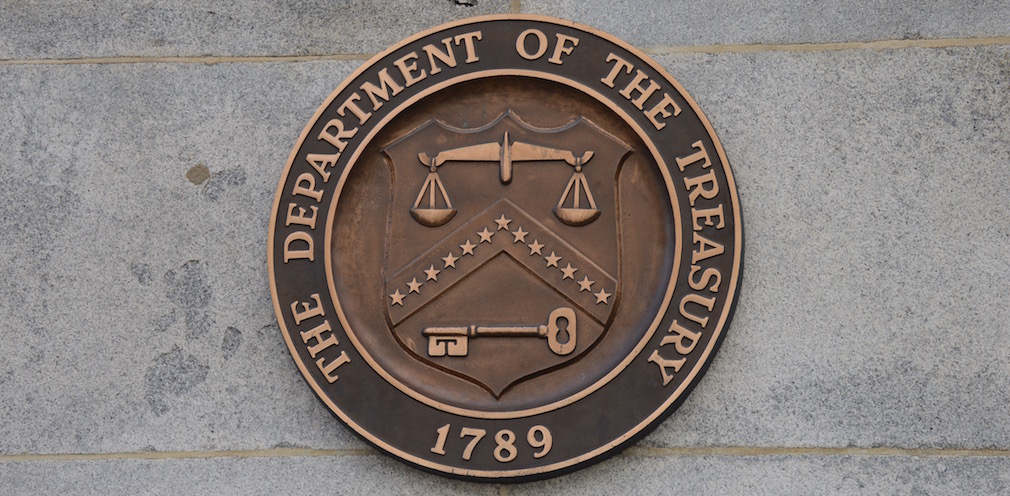[Update 1: This coverage previously referenced changes made in the first report, it has now been updated with correct information from the second.]
The U.S. Department of the Treasury released its second of four reports Friday which called for sweeping financial reform, including changes that would weaken the Dodd-Frank Act.
Back in February, President Donald Trump signed an executive order directing the Treasury Secretary Steven Mnuchin to examine the nation’s financial laws.
Now, the Treasury published its findings in a 232-page report, the second of a total of four reports. It released its first report back in June this year.
The report claims regulations enacted after the Great Recession made it more difficult for financial institutions to recover, and made for one of the weakest economic recoveries in U.S. history.
“In the wake of the financial crisis, the U.S. economy has experienced the slowest economic recovery of the post-war period,” the report states. “While the Administration is pursuing a range of policies to stimulate economic growth, one key area will be promoting capital formation for entrepreneurs and growing businesses.”
The Dodd-Frank Act, a 2,319-page legislation, required about 390 additional regulations implemented by more than a dozen different regulatory agencies. But even so, the report claims it failed to address many drivers of the financial crisis.
But the new changes the report would bring in its attempt to scale back regulations could be enacted without legislation. All but nine suggestions can be put into effect by the nation’s federal regulatory agencies, who were consulted on the report, according to an article by Michelle Price and Pete Schroeder for Reuters.
Here are some of the Treasury’s recommendations:
Recommends that the SEC consider regulatory changes to promote improved liquidity for these companies. Changes to the price increment, or “tick size,” at which companies trade could play a role in promoting liquidity provision for less-liquid companies.
Despite recent modernization efforts to improve the visibility of regulators into the Treasury market, data gaps remain, particularly regarding PTFs, which are now some of the largest participants in the Treasury market. Treasury recommends steps to close these gaps in official sector data without imposing significant costs on market participants.
Recommends greater harmonization between the SEC and the CFTC, more appropriate capital and margin treatment for derivatives, allowing space for innovation and flexibility in execution processes, and improvements in market infrastructure.
The centralization of risk in a clearinghouse and resulting implications for systemic risk necessitate appropriate regulatory oversight, and Treasury recommends improving oversight of FMUs.
An article by Tiffany HSU for The New York Times explained that while the ideas were welcomed on Wall Street where banks complain Dodd-Frank regulations stifle growth, they were criticized by consumer groups who said the suggestions are a dangerous relaxation of checks on the financial system.






